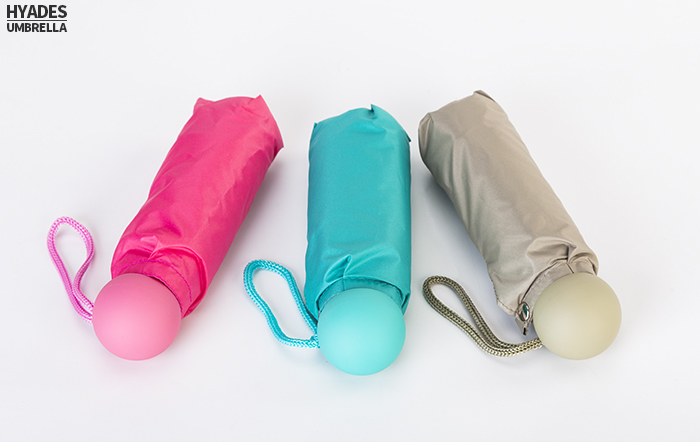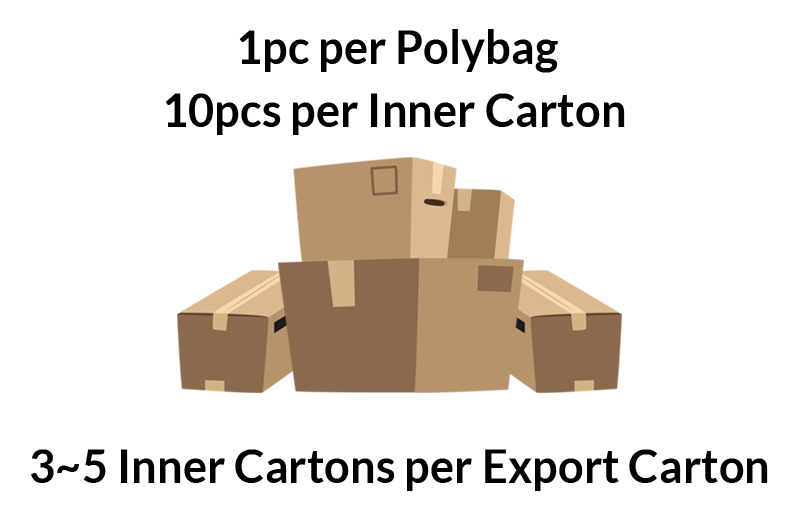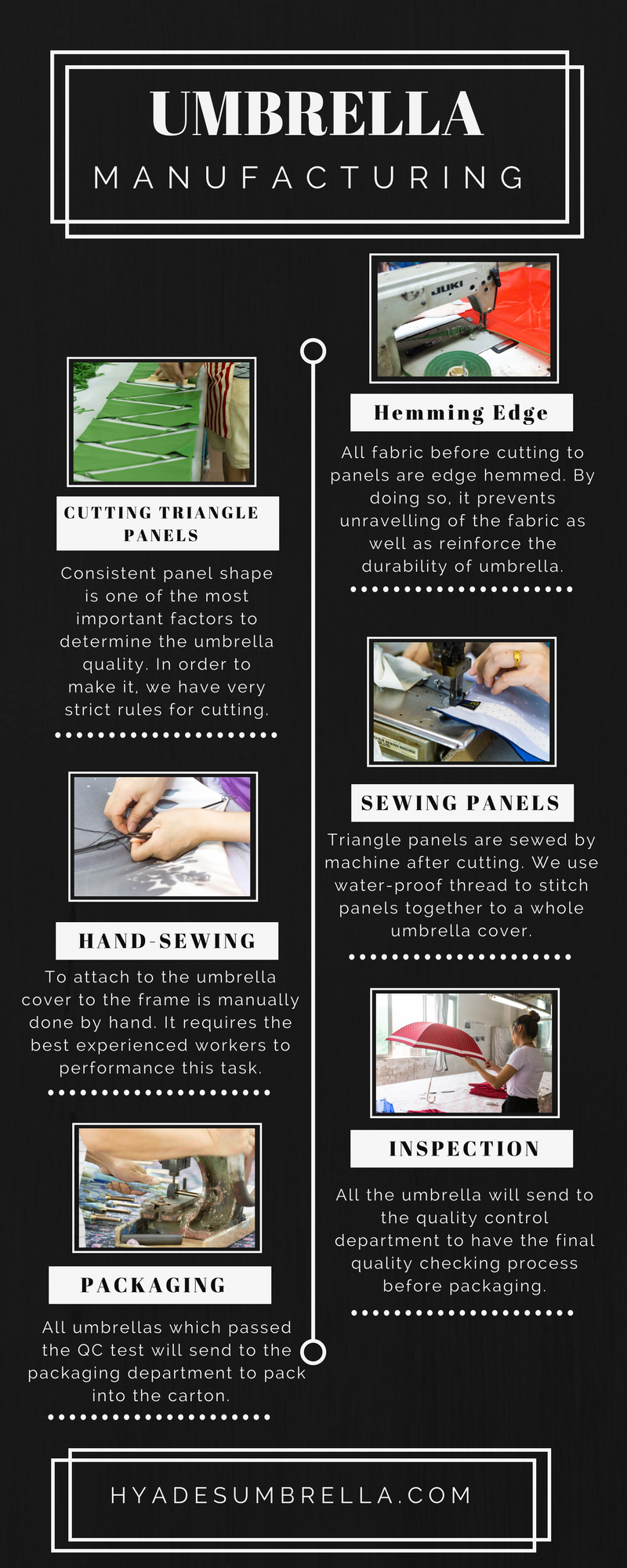Flexographic printing is a mainstream printing method in the future. The reason is that the flexographic printing manufacturers adopt various cutting-edge technologies such as UV (ultraviolet) curing, EB (electron beam) curing, and ink-and-wash technology.
First, a summary of flexographic printing and ink
Flexographic printing refers to printing using a flexographic printing plate to transfer ink through an anilox roller. The layout of the printing plate is the same as that of the relief plate. Moreover, the flexographic printing plate is also a direct printing method using a rubber plate or photosensitive resin plate and a fast-drying liquid ink. Visible, flexographic printing is a branch of letterpress printing, but in the printing plate, ink composition and imprinting process is different from the traditional letterpress printing.
The transfer of the image during the printing process is accomplished by a photo-responsive PrintingPlate or a patterned rubber stick. In an ink reservoir, the ink is delivered to the printing plate by an anilox roller with a certain volume of ink. The anilox roller consists of a chrome alloy coated with a ceramic wear layer or an ion-coated ceramic wear layer. The amount of ink delivered is determined by the number of lines on the surface of the transfer roller. The surface of the coarse anilox roller has approximately 120 lines per inch, while the transfer roller for printing fine patterns can reach 500 to 900 lines per inch.
Flexo printing inks have a wide range of applications, and their printing materials are also varied. Therefore, there are many types of flexo printing inks that are compatible with them. Can be roughly divided into the following four categories:
1. Solvents: Includes all kinds of mixed solvents.
2, alcohols: including a variety of alcohols.
3, aqueous type: The solvent used is water instead of organic solvents.
4, UV curing (UV) categories: Unlike ordinary ink, it does not contain solvents, only contains some reactive diluents. The respective characteristics are as shown in the figure below.
As for the main components of the flexographic ink, they are composed of a colorant (a pigment or a dye), a resin (a binder), a solvent and an auxiliary agent. Most of them are liquid inks based on volatile drying, but there are also a few which are dried in the form of oxidized conjunctiva, osmotic drying, and the like. Since the flexographic printing press uses an anilox roller for ink transfer, the viscosity of the flexographic printing ink cannot be too high, generally between 1 and 100 poise.
Flexographic inks are typical solvent inks, ie, liquid inks, which dry out by volatilization of solvents. This ink is transferred to the flexographic plate by an anilox roller (dents on the roller). According to its color body can be divided into the following three categories, namely: dye type, pigment type, dye and pigment type. In general, the dye type has a lower viscosity and the pigment type has a higher viscosity to facilitate dispersion and storage (prevention of settling). Due to the different materials of the substrate, the resin and solvent in the ink formulation are also various, but the ink must have suitable viscosity and fluidity, dryness is also required to be good, no residual odor after drying, the printing The adhesiveness of the material is better and it does not work on the printing plate.
The development of flexo printing is getting faster and faster. More and more ink manufacturers are developing high quality and low cost inks, creating more opportunities for flexo printing. The prospects for water based inks are the most promising, and we will focus on the future. Introduce such ink.
Second, solvent type flexographic ink and alcohol type flexographic ink
Solvent type flexographic printing inks are generally used for printing non-absorbent printing materials, and the printed products are dried by the solvent evaporation in the ink. According to the selected colorant, it can be divided into dye ink and pigment ink. The dye ink has good transparency and is printed on the surface of metal substrates such as aluminized paper and can exhibit a special gloss effect. Pigment ink, mainly used in paper or nitrocellulose (NC) resin as the main link material; printed on the surface of plastic film is based on 50% olefin resin and acrylic resin as the main link material; used in the aluminum foil surface Printing inks can be selected from dye inks and pigment inks with good transparency. Among them, pigment inks can be selected from pigmented inks to make inks with high glossiness, good transparency and resistance to light dyes.
Alcohol type ink is alcohol-soluble resin dissolved in alcoholic solvents, together with ester solvent and cellosolve and pigment mixture. Most flexographic printing of various plastic films for packaging use this type of ink. The resins used for the binders mainly include maleic resin, polyamide resin, acrylic resin, epoxy resin, alkyd resin, nitrocellulose, ethyl cellulose, and the like. Commonly used solvents are ethanol, n-propanol, isopropanol, n-butanol, isobutanol and the like, and sometimes a small amount of aromatic hydrocarbons and ester solvents are added. In general, a single solvent is not used in the ink, but it is blended with several solvents to improve the dissolution performance and drying performance.
Third, water-based flexographic ink
For ink manufacturers, ink printing in the flexo market is a lucrative market. It is also a potential market worth developing. In the end consumer market, ink is mainly used in the printing of paper, paper boxes, corrugated paper, household paper and preprint applications. In cardboard printing, flexo inks are increasingly used. In addition, the further development of ink-jet technology has greatly improved the solubility of ink.
Flexographic ink refers to inks using water, alcohol, and cellosolve as solvents. It is mainly used for the printing of printing materials with strong absorbency, such as paper, cardboard, corrugated paper, and cement bags. According to the different types of resins used, inks are mainly alkali soluble, emulsion and water soluble. The ink is free from excessive volatile organic solvents, non-flammable, does not harm the health of ink manufacturers and printing operators, and has no pollution to the atmosphere; ink as a new type printing ink, toxic and hazardous substances left in prints Small quantity, little pollution to packaged goods; improved overall environmental quality.
A high-quality flexographic ink should have the following properties: no strong odor, good flow properties and viscosity, fast and proper drying, no influence on printing plates and printing presses, and easy cleaning of printing presses , To have a good storage stability, long-term storage of sediment, the stirring should be easy to use.
Fourth, the composition of the flexographic ink
The pigments usually use strong alkali-resistant pigments, including organic pigments and inorganic pigments, and require good dispersibility in aqueous systems, including organic pigments and inorganic pigments, which are essentially the same colorants in solvent inks. At present, in order to meet the needs of decorative materials, colorful paints are used. Dyes are also sometimes used to increase the color intensity of the ink and improve the viscosity. However, no matter which pigment is used, it is best to use after being treated with anionic and non-ionic surfactants. The reason is that the surface tension and polarity of the water in the ink are relatively large, and the dispersion of the pigment is relatively difficult, such as untreated. It will lead to uneven distribution.
The link material of the flexographic ink is an important factor influencing the quality of the ink, especially the high-precision ink. There are many types of the link material, which can be selected according to different occasions and purposes. It is not an exaggeration to say that the current research and development of ink by ink companies in China is mostly focused on the study of linking materials. The following is a brief introduction to the properties of commonly used link materials.
(1) Water-soluble binders, including polyvinyl alcohol, hydroxyethyl cellulose, and polyvinylpyrrolidone. These binders can be permanently dissolved in water. Therefore, the range of use of inks formulated with it will be limited. Limitations apply only to products where the ink film is not exposed to water.
(2) Alkali-soluble binders, acrylic resin is now commonly used as a binder at home and abroad. In fact, there are three types of acrylic resins: alkali-soluble, nonionic, and acid-soluble polymers. In the ink, the alkali-soluble type is mainly used (because the non-ionic film is relatively hydrophilic and has poor water resistance; the acid-soluble type has no suitable volatile acid, and has odor). In the ink preparation process, ammonia, amines or a mixture thereof is usually used to make the resin water-soluble amine salt. After being printed on the substrate, the ink film is dried with the volatilization of ammonia to have a certain degree of gloss, water resistance, and friction resistance.
(3) Diffusion-type binders are fine resin particles suspended in water, commonly called latex. In this type of vehicle, propylene, ethylene or styrene polymers are usually contained. Latex has more significant advantages than dissolving resin. First, latex can have high density and low viscosity, which can produce high-quality thin coatings. Second, latex can contain relatively large polymer molecules. Smaller molecules are more resistant to abrasion, heat, and adhesion. Although macromolecules often cause the viscosity of the solution to be too high, latex does not have this problem. This is a unique property of latex inks. The biggest problem with latex inks is that printing is difficult and difficult to clean, because once the latex condenses, it becomes an insoluble material, so the latex is usually used as a coating ink. In addition, the latex can also be mixed with alkaline binders, which can retain some of the properties unique to latex and have the printability of alkali-soluble binders. $Page break $
Fifth, ink application printing points
Water-based ink is one of the main factors affecting the quality of flexographic printing. Especially in cigarette packaging, it is a factor that cannot be ignored. The following describes the matters that should be taken into consideration when using flexo-printed spot ink in cigarette pack printing.
Precautions before printing:
(1) Ink shall be sealed and stored at a temperature of 15 to 25°C and a relative humidity of 65% to 70%. In addition, according to the ink shelf life, we must also reasonably purchase and store ink. If you do not have the above storage conditions, you can also use the short-term procurement method of storage, put ink on the printing machine next to the use of three days before use to adapt to the scene.
(2) Since the spot color inks are prepared by using two or more primary color inks, each spot color ink is required to be prepared according to the standard sample in advance, and the primary color ink and the spot color ink that has been prepared are measured. PH value and viscosity are used as technical parameters for analysis.
(3) The ink must be fully stirred for at least two hours prior to the start of the machine, and for at least half an hour, the pH and viscosity of the ink should be measured. According to the printing environment and other factors, the pH and viscosity should be adjusted so that the ink performance is stable and the printing effect is achieved. optimal.
Precautions in printing:
(1) When each shift is inked, the newly deployed ink should be used. After about one hour, that is, after the performance is relatively stable, the previous ink remaining can be added.
(2) Due to the large thixotropy of the ink, it is necessary to add appropriate additives (stabilizers, retarders, pH adjusters, etc.) at regular intervals for adjustment. The specific interval and amount of time should be determined according to the specific circumstances, control the PH value and viscosity of the ink in the printing process, so as to maintain the best performance.
(3) Due to spot color inks undergoing a long-time printing process, their hue may change slightly, which requires the operator to fine-tune the inks according to the color difference to ensure that the color difference is within the allowable range.
Six, ink control indicators
The ink control indicators include viscosity, pH, and dryness.
1, the ink viscosity control. Ink viscosity refers to the ability of the ink to hinder the movement of other molecules under the influence of its internal forces. A certain amount of ink is generally used to flow through the capillary at a fixed temperature (typically 20°C) to record the required
5 Folding Umbrella
5 Folding Umbrella is also called 5 section Folding Umbrella, 5 section Packable Umbrella, 5 section Compact Umbrella, retractable umbrella, Travel Umbrella , purse umbrella and collapsible umbrella. They are hand bag sized when folded. Ideal for commuters and those whom enjoy travelling. They are various in sizes and weights. All of them with excellent quality and beautiful appearance.
No matter you are a wholesaler, retailer or small business owner, our 5 Folding Umbrella is the best product to enhance your product line and increase your business scale. Contact us for more information today!

Material and Quality:
Our 5 Folding Umbrella is using waterproof and water-repelling coated fabric from Japan, Taiwan and China. There is an alternative of super water-repelling fabric for faster fabric drying. They are patented or plain fabric. Lightweight fabric is best for 5 folding umbrella while standard fabric is for the common use.
The frame (hardware) is made with strong and innovative material (fiberglass, carbon, aluminum and iron). There is round style and flat style frame for 5 Folding Umbrella.
We provide a broad range of handle selection in 5 Folding Umbrella as we believe handle is the first impression of all. They are made by wood, bamboo, leather, plastic or alloy. Logo can be printed or embossed on the handle.
OEM and Order Quantity:
We have been OEM for the high-end and designers' brands in the world, as well as International Corporation for over 30 years.
We provide customization of your design and logo in the 5 Folding Umbrella. It is the great opportunity to present your company reputation in style.
Flexible in order volume, orders can be done in LCL or full container, MOQ can be discussed accordingly.
Packaging:
Each 5 folding umbrella is packed with clear poly bag. 10pcs per inner carton. 3~5 inner cartons per Standard export carton.

Our Production Procedure:

5 Folding Umbrella
5 Folding Umbrella,Bubble Umbrella,Best Compact Umbrella,Mens 5 Folding Umbrella
Hyades Umbrella Co., Ltd. , http://www.hyadesumbrella.com